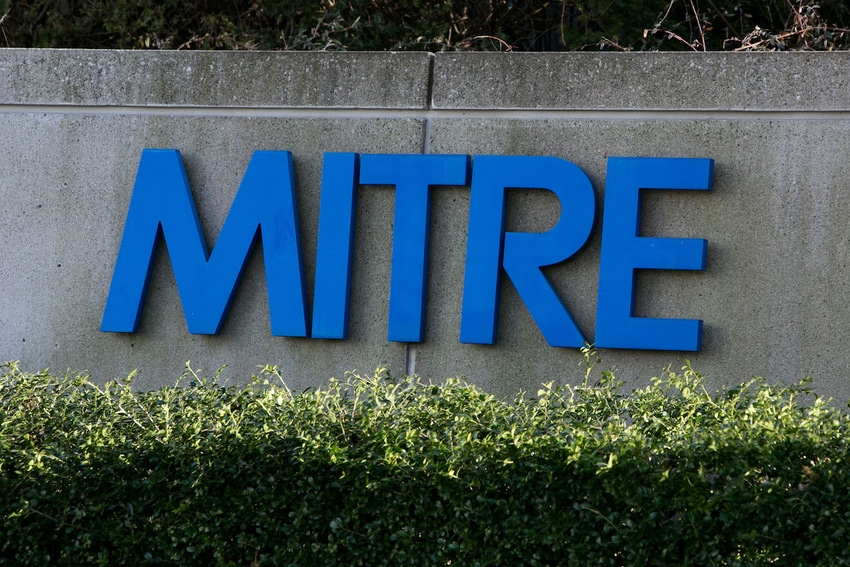Top MITRE ATT&CK Techniques and How to Defend Against Them
A cheat sheet for all of the most common techniques hackers use, and general principles for stopping them.
April 10, 2024

Of the hundreds of documented MITRE ATT&CK techniques, two dominate the field: command and scripting interpreters (T1059) and phishing (T1566).
In a report published on April 10, D3 Security analyzed more than 75,000 recent cybersecurity incidents. Its goal was to determine which methods of attack were most common.
The results paint a stark picture: those two techniques outpaced all others by orders of magnitude, with the top technique outpacing the runner-up by a factor of three.
For defenders looking to allocate limited attention and resources, here are just some of the most common ATT&CK techniques, and how to defend against them.
Execution: Command and Scripting Interpreter (Used in 52.22% of Attacks)
What it is: Attackers write scripts in popular languages like PowerShell and Python for two primary purposes. Most commonly, they're used to automate malicious tasks such as harvesting data or downloading and extracting a payload. They're also useful for evading detection — bypassing antivirus solutions, extended detection and response (XDR), and the like.
That these scripts are far and away No. 1 on this list is extra surprising to Adrianna Chen, D3's vice president of product and service. "Since Command and Scripting Interpreter (T1059) falls under the Execution tactic, it is in the middle stage of the MITRE ATT&CK kill chain," she says. "So, it is fair to assume that other techniques from earlier tactics have already gone undetected by the time that it's detected by the EDR tool. Given that this one technique was so prominent in our data set, it underscores the importance of having processes to trace back to the origin of an incident."
How to defend against it: Because malicious scripts are diverse and multifaceted, dealing with them requires a thorough incident response plan that combines detection of potentially malicious behaviors with strict watch over privileges and script execution policies.
Initial Access: Phishing (15.44%)
What it is: Phishing and its subcategory, spear-phishing (T1566.001-004), are the first and third most common ways attackers gain access to targeted systems and networks. Using the first in general campaigns and the second when aiming for specific individuals or organizations, the goal is to coerce victims into divulging crucial information that will allow a foothold into sensitive accounts and devices.
How to defend against it: Even the smartest and most educated among us fall for sophisticated social engineering. Frequent education and awareness campaigns can go some ways toward protecting employees from themselves and the companies they provide a window into.
Initial Access: Valid Accounts (3.47%)
What it is: Often, successful phishing allows attackers access to legitimate accounts. These accounts provide keys to otherwise locked doors, and cover for their various misdeeds.
How to defend against it: When employees inevitably click on that malicious PDF or URL, robust multifactor authentication (MFA) can, if nothing else, act as more hoops for attackers to jump through. Anomaly detection tools can also help if, for example, a strange user connects from a faraway IP address, or simply does something they aren't expected to do.
Credential Access: Brute Force (2.05%)
What it is: A more popular option back in the olden days, brute force attacks have stuck around thanks to the ubiquity of weak, reused, and unchanged passwords. Here, attackers use scripts that automatically run through username and password combinations — such as in a dictionary attack — to gain access to desired accounts.
How to defend against it: No item on this list is as easily and wholly preventable as brute-force attacks. Using strong enough passwords fixes the problem on its own, full stop. Other little mechanisms, like locking out a user after repeated login attempts, also do the trick.
Persistence: Account Manipulation (1.34%)
What it is: Once an attacker has used phishing, brute force, or some other means to access a privileged account, they can then leverage that account to cement their position in a targeted system. For example, they can change the account's credentials to lock out its original owner, or possibly adjust permissions in order to access even more privileged resources than they already have.
How to defend against it: To mitigate the damage from an account compromise, D3 recommends organizations implement stringent restrictions for accessing sensitive resources, and follow the principle of least privileged access: granting no more than the minimum level of access necessary for any user to perform his or her job.
Besides that, it offers a number of recommendations that can apply to this and other MITRE techniques, including:
Maintaining vigilance through continuous monitoring of logs to detect and respond to any suspicious account activities
Operating under the assumption that the network has already been compromised and adopting proactive measures to mitigate potential damage
Streamlining response efforts by automating countermeasures upon detection of confirmed security breaches, ensuring swift and effective mitigation
About the Author(s)
You May Also Like
Why Effective Asset Management is Critical to Enterprise Cybersecurity
May 21, 2024Finding Your Way on the Path to Zero Trust
May 22, 2024Extending Access Management: Securing Access for all Identities, Devices, and Applications
June 4, 2024Assessing Software Supply Chain Risk
June 6, 2024Preventing Attackers From Wandering Through Your Enterprise Infrastructure
June 19, 2024
Black Hat USA - August 3-8 - Learn More
August 3, 2024Cybersecurity's Hottest New Technologies: What You Need To Know
March 21, 2024
.jpg?width=100&auto=webp&quality=80&disable=upscale)
.jpg?width=400&auto=webp&quality=80&disable=upscale)


